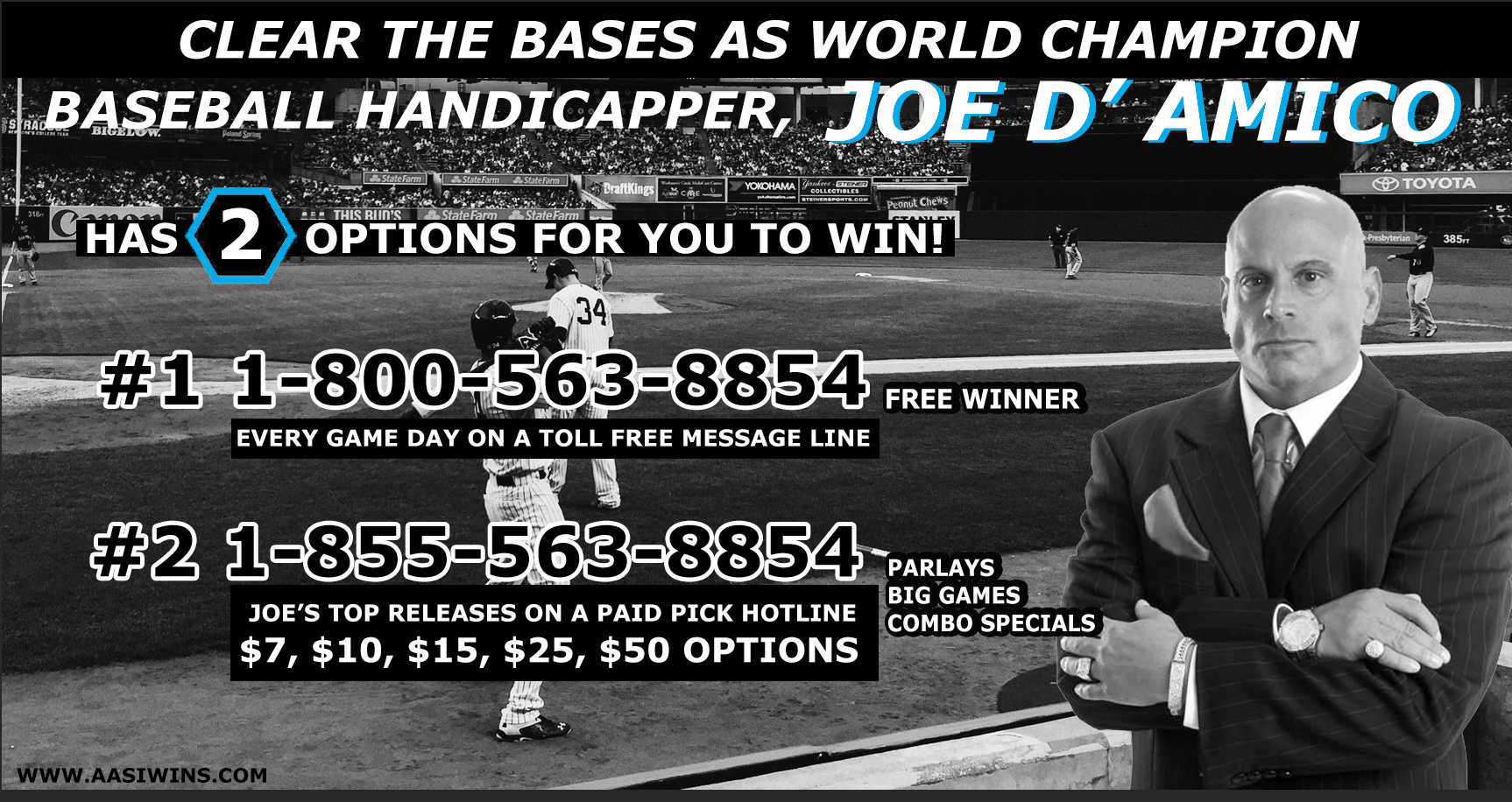
NBA Will Fail to Learn from NFL’s Foibles by John McMillen of the Gold Sheet
 |
Philadelphia, PA (Sports Network) – Vince McMahon, perhaps the greatest promoter of modern times, coined the term sports entertainment to describe the hybrid world of professional wrestling, an industry where the outcomes are predetermined but the athleticism, charisma and injuries to his top-tier performers are very real.
It seems like an apt description for a business that truly is part sports and part entertainment.
That said isn’t every sport, worked or not, really just entertainment for the masses? An escape from the malaise of middle class life?
Whether they know it or not athletes really think of themselves as entertainers, at least in a business sense — or at least they should.
In the world of billionaires versus millionaires that has already resulted in a lockout of NFL players late last week and seemingly will result in a lockout of NBA players this summer, it’s all about gross revenue and the piece of the pie the players receive.
The talking points of a broken economic model have been strong in the NBA and when the current collective bargaining agreement ends after the 2011 season, a lockout is virtually inevitable. One that will be designed to destroy the players by pushing a work stoppage and lost game checks far past where entitled athletes used to a certain standard of living are prepared to go.
Real revenues (gross receipts) in the NBA remain high in a tough economy. In fact they were the highest in league history last year but according to the owners, the red ink has never run deeper thanks in large part to the massive salaries that engulf 57 percent of those gross revenues.
“From a revenue standpoint, things are great,” deputy NBA commissioner Adam Silver told the Portland Tribune back in February. “We generate more than $4 billion a year, and growing, on a global basis. This season, (TV) ratings were up double-digits on all our networks. We’re seeing the same growth for local television rights.”
You could sense the “but” coming, however.
 “From a revenue standpoint, things are great,” deputy NBA commissioner Adam Silver told the Portland Tribune back in February. “From a revenue standpoint, things are great,” deputy NBA commissioner Adam Silver told the Portland Tribune back in February. |
“We’re spending too much on (player) salaries, though, and under our current CBA, we pay roughly 57 percent of gross (income) to our players,” Silver continued. “At our meeting during All-Star weekend, we told [the players] prospects are wonderful, but the model is broken, and no business is sustainable over time that pays out more than it takes in. By definition, if we pay out 57 percent of the gross, it has to cost us less than 43 cents to generate every dollar, and that’s not the case.”
Logic, at least in this case and for that matter the NFL’s, favor the owners. The average business pays anywhere from 30 to 35 percent of its gross revenue toward employee salaries. Some major companies pay far less than that.
So forget unions and athletes trying to paint themselves like Teamsters or just another member of the AFL-CIO. Professional athletes have collectively bargained for far more than even the fattest of federal employees.
Of course, no one held a gun to the billionaires’ heads. They agreed to this fractured system and fed into it by doling out millions to even pedestrian players.
But, a broken system is a broken system and no business, even one that generates $4 billion a year like the NBA, can survive if they are spending more than $4 billion to make that $4 billion. It’s simple mathematics.
The athletes are plainly using the wrong strategy if they want to win. Forget the every man. Even the most obtuse fans know their heroes aren’t really like them. Tens of thousands of people don’t pay to see some Joe Schmo stock the shelves at Wegman’s or pump gas at BP, tens of thousands do pay again and again to watch Kobe and LeBron.
Basketball players are entertainers and their owners are promoters.
McMahon has largely kept his talent in check thanks to creating a virtual monopoly that doesn’t have a union to deal with but other performers, like a Billy Joel or Bruce Springsteen in the music world, get far more of the gross than their promoters.
People who generate revenue deserve revenue in return but at the end of the day, would splitting the difference and cutting salaries back to 50 percent of gross revenue be all that bad if it saved the NBA from Armageddon?
For now that question has to remain rhetorical since neither side is prepared to compromise for the good of the game.
You can get all your FREE NBA news and articles right here at www.aasiwins.com.






